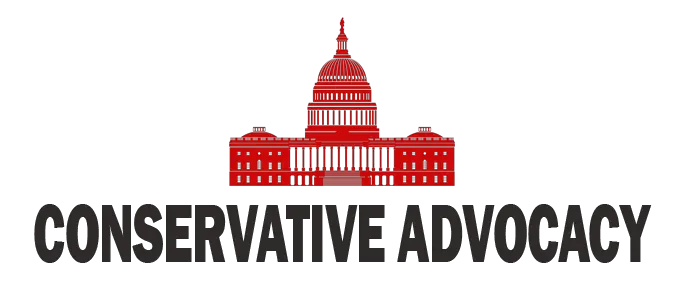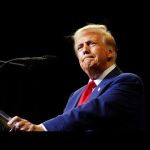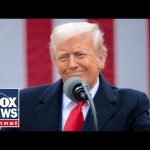President Donald Trump’s sweeping tariff policy, unveiled on April 2 and dubbed “Liberation Day,” has ignited fierce debates across economic and political circles. The plan imposes a universal 10% baseline tariff on all imports, with significantly higher rates for nations with substantial trade imbalances or restrictive trade practices. Trump’s administration argues that these measures will protect American industries, repatriate manufacturing jobs, and usher in a “Golden Age of America.” While supporters view this as a bold step toward economic independence, critics warn of potential inflation, market instability, and global retaliation.
The tariffs are set to take effect on April 5, with escalated rates targeting countries such as China (54%), Vietnam (50%), and the European Union (20%) beginning April 9. Trump justified the policy by highlighting disparities in global trade practices, claiming that foreign nations have “pillaged” the U.S. economy through excessive tariffs and currency manipulation. He also offered a “50% discount” to countries willing to reduce their barriers, signaling openness to negotiation. However, this carrot-and-stick approach has already prompted backlash from major trading partners like China and the EU, who have vowed countermeasures.
Market reactions have been swift and severe. The Dow Jones Industrial Average plummeted by 1,600 points following the announcement, while the S&P 500 and Nasdaq experienced their largest drops since 2020. Economists predict that these tariffs could drive inflation higher as import costs are passed on to consumers. Deutsche Bank estimates that sustained tariffs may shave up to 1.5 percentage points off U.S. GDP growth this year while adding similar pressure to inflation rates. Concerns about stagflation—a combination of economic stagnation and rising prices—are growing among analysts.
International responses vary widely. Canada has expressed willingness to negotiate tariff reductions but remains cautious about broader implications for its economy. Meanwhile, China’s Ministry of Commerce has condemned the tariffs as “bullying,” promising retaliatory measures that could further strain global supply chains. European leaders have also criticized the policy, warning of severe repercussions for millions worldwide. Israel, despite being hit with a 17% tariff on exports to the U.S., has pledged to work diplomatically to mitigate the impact on its industries.
Trump’s strategy represents a significant departure from decades of globalization-driven trade policies. By prioritizing American manufacturing and reducing reliance on foreign goods, his administration aims to restore critical supply chains and strengthen national security. While this approach resonates with many Americans frustrated by outsourcing and trade deficits, its success hinges on whether trading partners opt for negotiation over retaliation. As global markets brace for uncertainty, the coming weeks will be crucial in determining whether Trump’s tariffs deliver economic revitalization or exacerbate existing vulnerabilities in both domestic and international economies.




